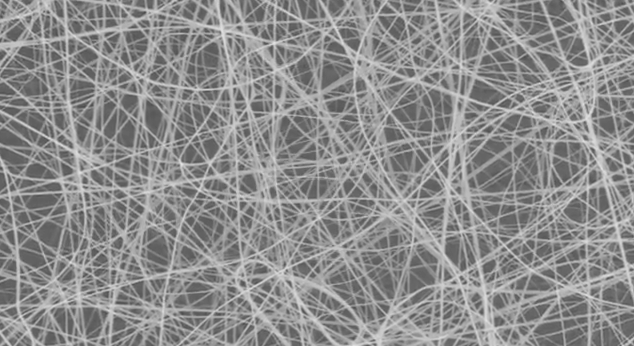Blow into the Single Breath Disease Diagnostics Breathalyzer and if you get a green light you are good to go but if the light turns red it means you need to see your doctor. That is how this new invention works. Developed by a team within the Department of Materials Science and Engineering at Stony Brook University, New York, led by Professor Perena Gouma, this gas detection device uses a sensor chip coated with tiny nanowires resembling spaghetti. The nanowires can detect minute amounts of chemical compounds in a person’s breath including disease marker gases.
Professor Gouma is also director of the Center for Nanomaterials and Sensor Development at the university and it is this particular expert knowledge that has led to the development of what will become a first response detection system available over the counter for under $20.
The manufacturing process for creating the micro-spaghetti nanowires is called electrospinning, a process that involves shooting a liquid ceramic compound through a syringe into an electrical field. The electrospun fibers crystallize as tiny threads that are captured on an aluminum backing.

Electrospinning is a technology of the 21st century. It is simple and versatile allowing manufacturers to easily fabricate nanostructures on an industrial scale for use in electronics, photonics, pharmacology, and chemical engineering. A single syringe of liquid ceramic can produce a nanowire that can stretch from the Earth to the Moon. Different nanowires can be designed to be sensitive to specific molecules. A particular nanowire could detect nitrous oxide, associated with asthma and stress-related illnesses. A nanowire could be used to detect ammonia, a marker for kidney disease, or acetone, indicating diabetes. Nanowires could be used to detect the presence of viruses, e-coli, anthrax, salmonella, high cholesterol levels and different cancers.
Breathalyzers have been around for awhile. So why is this device worth talking about? Because it takes the technology from institutions like hospitals, or police departments, and turns it into a mass market, consumer product. The device is still undergoing testing but we should soon see breathalyzers using this technology on drugstore shelves.







